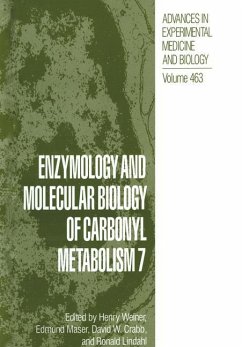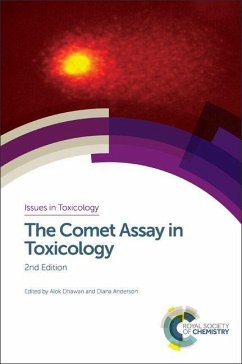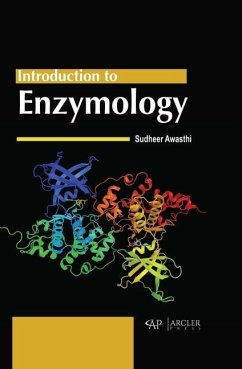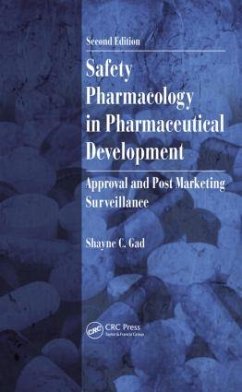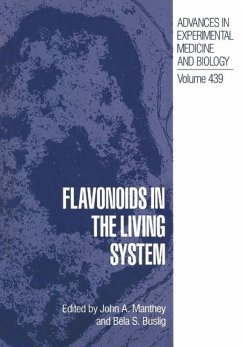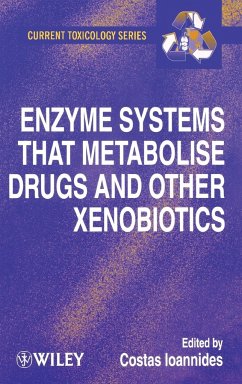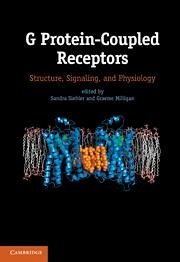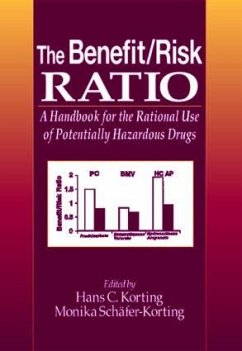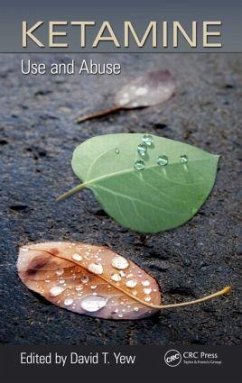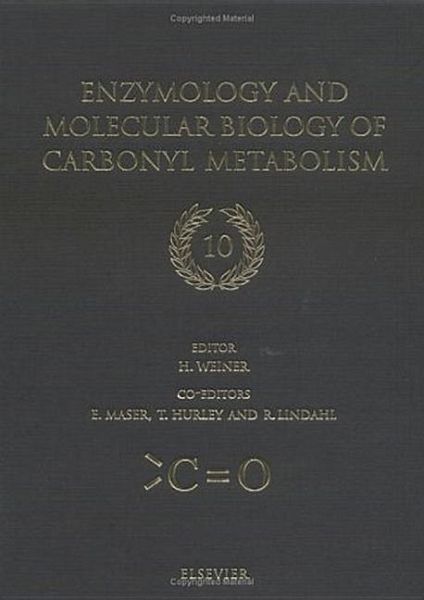
Enzymology and Molecular Biology of Carbonyl Metabolism 10
Versandkostenfrei!
Versandfertig in über 4 Wochen
288,99 €
inkl. MwSt.

PAYBACK Punkte
144 °P sammeln!
The largest collection of articles on the three major gene families, this work ranges from enzymology to molecular biology to physiological implications. The three gene families are related in that the enzymes catalyse the NAD(P) dependent oxidation or reduction of carbonyl containing substrates. The substrates are important in diverse areas such as alcoholism, diabetes and cancer related problems as well as simple detoxification. The scope of the chapters, contributed by leading international scientists, is wide and covers gene regulation to enzyme mechanisms and protein structure. This is th...
The largest collection of articles on the three major gene families, this work ranges from enzymology to molecular biology to physiological implications. The three gene families are related in that the enzymes catalyse the NAD(P) dependent oxidation or reduction of carbonyl containing substrates. The substrates are important in diverse areas such as alcoholism, diabetes and cancer related problems as well as simple detoxification. The scope of the chapters, contributed by leading international scientists, is wide and covers gene regulation to enzyme mechanisms and protein structure. This is the only publication dealing in such depth with just three gene families. An important reference for researchers in toxicology and molecular biology.



